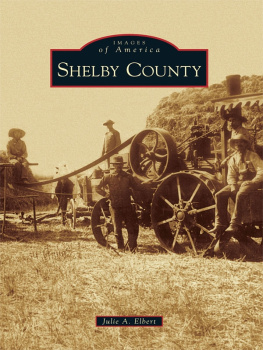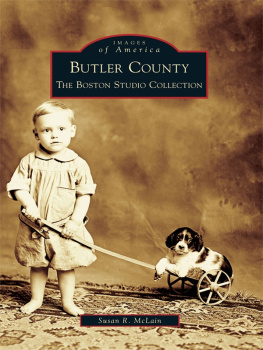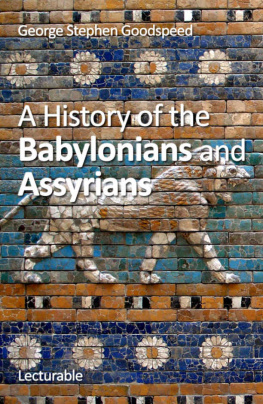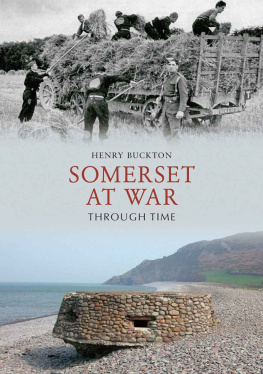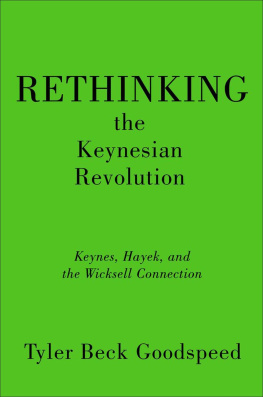FRENCH, SPANISH AND ENGLISH CLAIMS
DATING from the first settlements along the Atlantic coast and the Gulf of Mexico, there arose among the warring, envious and ambitious nations of Europe conflicting claims to the ownership of American soil. Regardless of water courses, river basins or rival claims, the English colonies along the Atlantic claimed an extension of their territorial grants westward on parallels of latitude to the South Sea, as the Pacific ocean was then called. On the contrary, both France and Spain, upon discovering a river and forming a settlement on its lower course, claimed the entire valley of that stream, regardless of rights or claims on the upper courses. Thus the French at the start claimed the whole St. Lawrence valley, which included the Great Lakes and the tract now known as Cook county, Illinois. By the discovery of Columbus in 1492, Spain could claim all of the two Americas. The discovery of North America by Cabot in 1498 gave England a claim to that country. In 1603 France granted to De Chartes a strip from forty to forty-six degrees north latitude and extending westward across the continent; this included Cook county. In 1606 an English grant extended across North America between thirty-four and forty five degrees north latitude. The London colony grant was between thirty-four and forty-five degrees north latitude. The Plymouth colony grant by James I., on November 3, 1620, embraced the country from the Atlantic to the South Sea (Pacific Ocean) and from the fortieth to the forty-eighth degree of north latitude. On August 10, 1622, the Council of Plymouth granted to Mason and Georges much of what is now Vermont, New Hampshire and a part of Maine. What is now Connecticut was included in the Plymouth colony grant of 1620. The present state of Illinois was claimed as a part of Florida and was so laid down on the old Spanish maps. This claim was confirmed by Pope Alexander VI, who granted Ferdinand and Isabella in perpetuity all the land they had discovered, or should thereafter discover, west of an imaginary line drawn from north to south one hundred leagues west of the European shores. Thus the westward extension of the English colonial grants, as claimed, likewise embraced Cook county. The Atlantic colonists, with a persistence that demands admiration, continued to claim this westward extension until the formation of the Northwest territory. Thus at first the swollen and ephemeral claims of the English, the Spanish and the French to the tract of territory now known as Cook county, Illinois, may be said to have been about equal in points both of unsoundness and uncertainty.
But the French, with greater energy and envy, perfected their claims to the soil here, while the English and the Spanish did not, and therefore France, be it said to the credit of her martyrs, became the first white owner of what is now Illinois and therefore Cook county. But this splendid result was as much due to individual enterprise, the undaunted spirit of adventure and the self-sacrificing proselyting efforts of the Catholic fathers as to the colonizing ambition of the French government. At that date the servile and erratic French people were more the tools and puppets of royalty than the people of any other country except Spain. They yielded a blind and unquestioning obedience to the empty mandates of their butterfly sovereign, mainly because Church and State were united; and to question the acts of the King was tantamount to an assault, not only on the State, but on religion itself. Thus the idle and indifferent wish of the King, announced by his paramours through the Governor of New France, as Canada was then called, was sufficient to send into the Western wilderness, among savage beasts and little less savage men, such heroic souls as Nicolet, Perrot, Joliet, Marquette, Moreau, Durantaye, Duluth, La Salle, Tonty, Hennepin, Allouez and scores of others, who gladly at the King's behest offered themselves to martyrdom for the glory of France. It seems that the word Chicagou, or Chicago as it is now written, had a meaning among the Indians and the French explorers and missionaries equivalent to the English words great, strong, mighty, superior, etc., signifying some unusual and notable quality in the object to which it was applied. The term may have included the idea of water, though it is known to have been applied to individuals, to tracts of country and to the wild onion growing throughout Northern Illinois. The pungent odor of the onion strong and unusual probably led to this application of the word. The mighty Mississippi, particularly its lower course, was designated Checagou, variously spelled, by the tribes on its banks. At the time the bloody expedition of De Soto reached the Mississippi river in 1539 he found the Chisca (Chickasaw of a later date) nation of Indians, who called the Mississippi the Chucagua and applied the same term to their entire province. In Franquelin's large map of 1684 the Kankakee river is called Chekagou and the Chicago river is called Cheagoumeman. In De Lisle's map of 1718 the present Des Plaines is designated Chicagou, and so is a section of Lake Michigan, but his map of 1703 applies that term to the present Chicago river only. D'Anville in his map of 1755 calls the Des Plaines the Chicagou and also a section of Lake Michigan by the same name. In Mitchell's map of 1755 the present Chicago river is named river and port of Chicagou. In Popple's map of 1733 the Chigagou is mentioned, but clearly referred to the St. Joseph, where Fort Miami was located and an Indian village called Chigagou stood. On La Houton's map of 1703 a deep bay south of Chicago is called Chegakou and the Chicago portage is called the same. In Charlevoix's map of 1774 the term Checagou seems to apply to a portion of Lake Michigan. In Senex's map of 1710 the Chicago river is not shown, but the term Checagou is plainly applied to a village of the Mascoutens or Kickapoos, or both, located on the present site of down-town Chicago. Moll's map of 1720 names only the Checagou portage. It is probable that Lake Michigan or its southern extremity may have been called Chicagou by the Indians. Hennepin in his erratic account of La Salle's expedition in 1782 said in a caption, "An account of the building of a new fort named by us Fort Crevecoeur, on the river of the Illinois named by the savages Che-cau-gou." In his map of 1684, Franqulin (probably by mistake) calls the Ohio river the "River St. Louis or Chucagoa." Thus the St. Louis, whatever stream it may have been, was known as Chucagoa. Coxe in his map of Louisiana calls the Illinois the Chicagou. Samson's map of 1673 styles the Mississippi the Chicagua. In Margry's map (1679) the Grand Calumet is called Chekagoue. Father Membre, who accompanied La Salle in 1681-82, says they "went toward the Divine river (Illinois), called by the Indians Checaugou." La Salle says (1681-82) that they arrived at "the division line called Chicagua, from the river of the same name which lies in the country of the Mascoutens." This was the Des Plaines. The head chief of the Illinois was Checaqua, named thus because he was great, mighty, powerful, strong. The name is variously spelled Chikagu, Chekagou, Chicagu, Chicague, Checagou, Checaqua, Chicagou, Checaugou, Chucagoa, Chucagua, Chigogoe, etc. Even as late as the treaty of Greenville, held August 3, 1795, there was manifest confusion as to what had been located on the Chicago river and what not. By that treaty the Indians ceded to the United States "one piece of land six miles square at the mouth of the Chicago river, emptying into the southwest end of Lake Michigan where a fort formerly stood." The latter clause very likely refers to the fort that stood on St. Joseph river formerly called Chicagou. It is clear that, owing to the fact that several streams were really called Chicagou by the Indians and therefore by the whites, the distant mapmakers themselves became confused when they attempted to locate forts, villages or circumstances thereon. The old Indian name of the Calumet was spelled Killimick or Calamick; the Kankakee was spelled Teatika.


